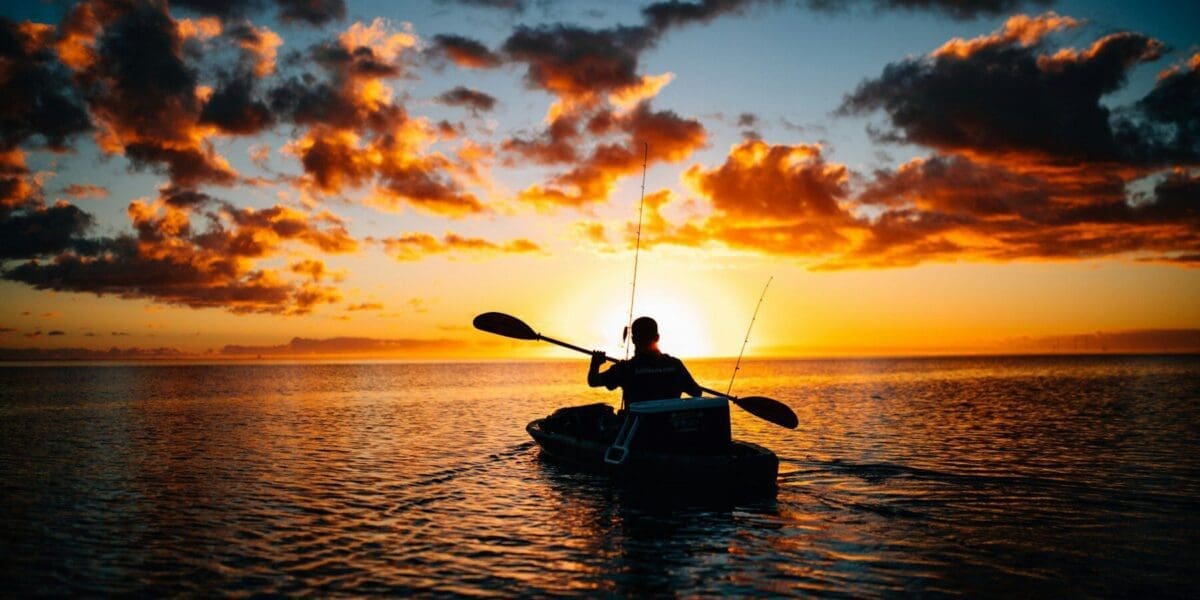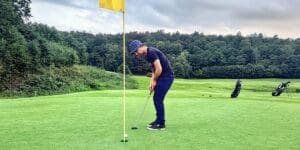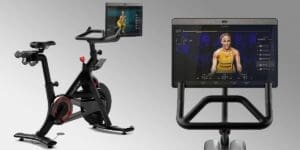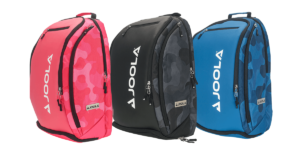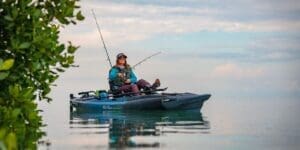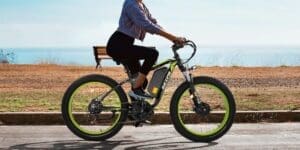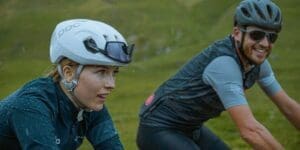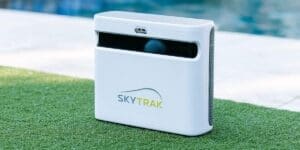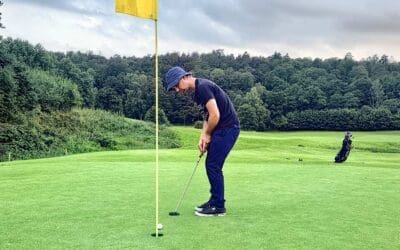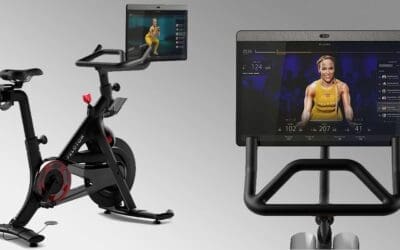Just like a skilled conductor guiding an orchestra, mastering kayak paddle techniques is about precision and control. As you dip into the depths of paddle strokes, you’ll uncover the secrets to seamless maneuvering on the water. But what makes a forward stroke truly efficient? How can perfecting reverse and sweep techniques elevate your paddling game? Join us as we unravel the intricacies of blade positioning, symmetry, and more in your quest to unlock the full potential of your paddling prowess.
Key Takeaways
- Maintain proper grip and blade alignment for control and efficiency.
- Focus on body rotation and strong paddle grip for forward stroke mastery.
- Practice sweep and reverse techniques with power and blade angle adjustments.
- Enhance draw stroke precision through close entry, perpendicular positioning, and paddle angle experimentation.
Proper Grip and Blade Alignment
When paddling a kayak, ensuring a proper grip and aligning your blade correctly are crucial for effective strokes and maneuverability. Improving stability starts with gripping the paddle correctly; your hands should be shoulder-width apart, with a relaxed grip to prevent fatigue. Enhancing control means aligning your blade properly: the power face should be facing you, and the blade should enter the water vertically. This alignment maximizes the efficiency of each stroke, helping you maintain a straight course and navigate smoothly through the water. Remember, stability and control go hand in hand, so master the art of gripping your paddle and aligning your blade to feel more confident and in command of your kayak on the water.

Mastering Forward Stroke Efficiency
To enhance your efficiency in mastering the forward stroke technique, focus on maintaining a strong and consistent paddle grip while ensuring correct blade alignment for optimal performance on the water. Speed optimization and stroke efficiency are key elements to consider when perfecting your forward stroke. Body rotation and paddle coordination play crucial roles in maximizing the power and effectiveness of each stroke. Check out the table below for a quick reference on how to improve your forward stroke efficiency:
| Forward Stroke Efficiency Tips | Description | Benefits |
|---|---|---|
| Maintain strong paddle grip | Ensure a secure hold on the paddle | Improved power delivery |
| Correct blade alignment | Align blades parallel to water | Reduce drag and increase speed |
| Focus on body rotation | Engage core muscles for power | Enhance stroke efficiency |
Practice these techniques diligently to elevate your kayaking skills to the next level.
Perfecting Reverse and Sweep Techniques
Mastering the reverse and sweep techniques in kayaking requires precise blade control and coordinated paddle movements. To enhance your skills, focus on adjusting the paddle angle for maximum efficiency. When executing the sweep stroke, emphasize power to maneuver effectively. For the reverse stroke, prioritize speed by maintaining a consistent blade angle. Remember, the key to mastering these techniques lies in your ability to synchronize your movements and maintain control over the direction of your kayak. Practice adjusting the angle of your paddle to optimize each stroke’s power and speed. Pay close attention to the precision of your blade angles to ensure smooth and efficient maneuvering on the water. With dedication and practice, you can perfect your reverse and sweep techniques to navigate with finesse.
Enhancing Draw Stroke Precision
Enhance your draw stroke precision by focusing on blade placement and paddle angle for optimal control and efficiency. To master this technique, follow these key strategies:
- Draw Stroke Strategy: Ensure your blade enters the water close to the kayak’s hull, maximizing the stroke’s effectiveness.
- Precision Blade Placement: Position the blade perpendicular to the kayak’s centerline to enhance control and minimize resistance.
- Enhanced Paddle Maneuvers: Experiment with different paddle angles to find the most efficient and powerful position for executing the draw stroke accurately.
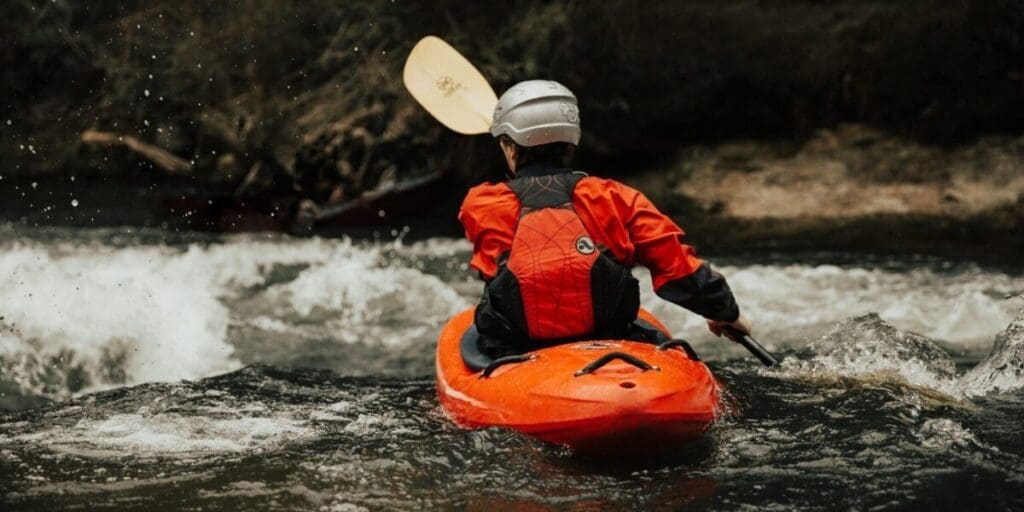
Advanced Paddle Blade Control
As you refine your draw stroke precision, harnessing advanced paddle blade control becomes pivotal for elevating your kayaking proficiency to the next level. Mastering blade angle adjustment allows you to optimize each stroke’s effectiveness. By fine-tuning your blade angle, you can control the depth and power of your strokes, enhancing your maneuverability and speed on the water. Additionally, mastering paddle rotation techniques is essential for maximizing efficiency. Proper rotation ensures that your paddle enters and exits the water smoothly, reducing strain on your body and increasing the fluidity of your strokes. Practice adjusting your blade angles and perfecting your paddle rotations to unlock the full potential of your kayaking skills.
Optimizing Blade Positioning for Power
To maximize the power of your strokes, focus on optimizing the positioning of your paddle blades. Correct blade angle is crucial for efficient power generation. Here’s how to optimize your blade positioning for maximum power and efficiency:
- Blade Angle: Adjust the angle of your blade to ensure it catches the water effectively, maximizing the force you generate with each stroke.
- Optimal Paddle Placement: Place your paddle in the water closer to the kayak, allowing for a more direct application of power and enhancing stroke efficiency.
- Stroke Efficiency: Keep your paddle as vertical as possible during the stroke to minimize energy loss and maintain a smooth, powerful movement through the water.
Key Tips for Paddle Handling
When handling your paddle, ensure a firm yet relaxed grip for optimal control and maneuverability on the water. Mastering paddle handling is key to becoming a proficient kayaker. Remember, the blade angle and paddle leverage are crucial aspects to focus on. Check out the table below for a quick reference on how to enhance your paddle handling techniques:
| Blade Angle | Keep your blade angle consistent for efficient strokes. |
| Paddle Leverage | Utilize the length of your paddle for maximum power. |
| Grip Pressure | Maintain a firm but relaxed grip on the paddle shaft. |
| Blade Placement | Position your blades correctly in the water for effective strokes. |
Fine-Tuning Your Paddle Technique
Fine-tune your paddle technique by focusing on blade control and stroke efficiency. To achieve mastery in kayaking, honing your skills is essential. Here are key areas to work on:
Improving Paddle Control:
- Focus on Blade Placement: Ensure your blade enters and exits the water smoothly.
- Maintain Consistent Pressure: Apply even force throughout the stroke.
- Utilize Core Muscles: Engage your core for power and stability.
Refining Stroke Mechanics:
- Practice Proper Rotation: Rotate your torso to maximize each stroke.
- Work on Catch and Release: Master the catch for propulsion and release for efficiency.
- Optimize Recovery Phase: Lift the blade smoothly out of the water for a seamless stroke cycle.
Conclusion
Now that you’ve delved into the world of kayak paddle techniques, you’re equipped with the knowledge and skills needed to navigate the waters like a pro. By mastering proper grip, blade alignment, and various paddle strokes, you can enhance your performance on the water and take your kayaking skills to the next level. Remember to practice, stay confident, and enjoy the journey of refining your technique on the water. Happy paddling!
Questions & Answers

Q: How Can I Prevent Muscle Strain and Fatigue While Kayaking?
To prevent muscle strain and fatigue while kayaking, ensure proper hydration and nutrition to keep your body fueled. Use ergonomic equipment and gear to support your body during paddling. Maintain a good posture and engage your core muscles to reduce strain. Stay mindful of your technique, focusing on smooth and efficient strokes. Take breaks when needed and listen to your body’s signals to avoid overexertion and fatigue.
Q: What Are Some Common Mistakes Beginners Make When Learning Kayak Paddle Techniques?
When learning kayak paddle techniques, beginners often struggle with maintaining a proper grip and paddle angle. Not holding the paddle correctly can lead to inefficiency and fatigue. Incorrect paddle angle can cause the kayak to veer off course. To master these skills, focus on maintaining a firm but relaxed grip on the shaft and pay attention to the angle of your paddle in the water. These adjustments will help you paddle more effectively and with less strain.
Q: Are There Any Specific Exercises or Stretches That Can Help Improve My Paddle Technique?
To improve your paddle technique, try incorporating flexibility exercises and strength training to enhance your range of motion and power. Focus on breathing techniques to maintain core stability, which is crucial for efficient strokes. Engaging in exercises that target your core muscles will help you generate more power and control while paddling. Remember, mastering these foundational aspects will elevate your overall kayaking experience and performance on the water.
Q: How Important Is Body Positioning and Posture When Paddling?
When paddling, body positioning and posture are crucial for proper alignment, balance, and efficiency. Maintaining a strong core and flexibility will enhance your strokes. Correct posture ensures optimal power transfer and reduces strain on your body. Focus on sitting upright, engaging your core, and relaxing your shoulders. By honing your body positioning and posture, you’ll paddle with greater ease, control, and finesse on the water.
Q: What Are Some Safety Tips to Keep in Mind While Practicing Advanced Paddle Techniques?
When practicing advanced paddle techniques, remember to prioritize safety. Maintain your equipment regularly and ensure you have all necessary safety gear. Establish communication signals with your paddling partners and familiarize yourself with emergency procedures. Stay vigilant and be prepared for any unexpected situations that may arise on the water. Your safety should always be the top priority when mastering kayaking skills.
